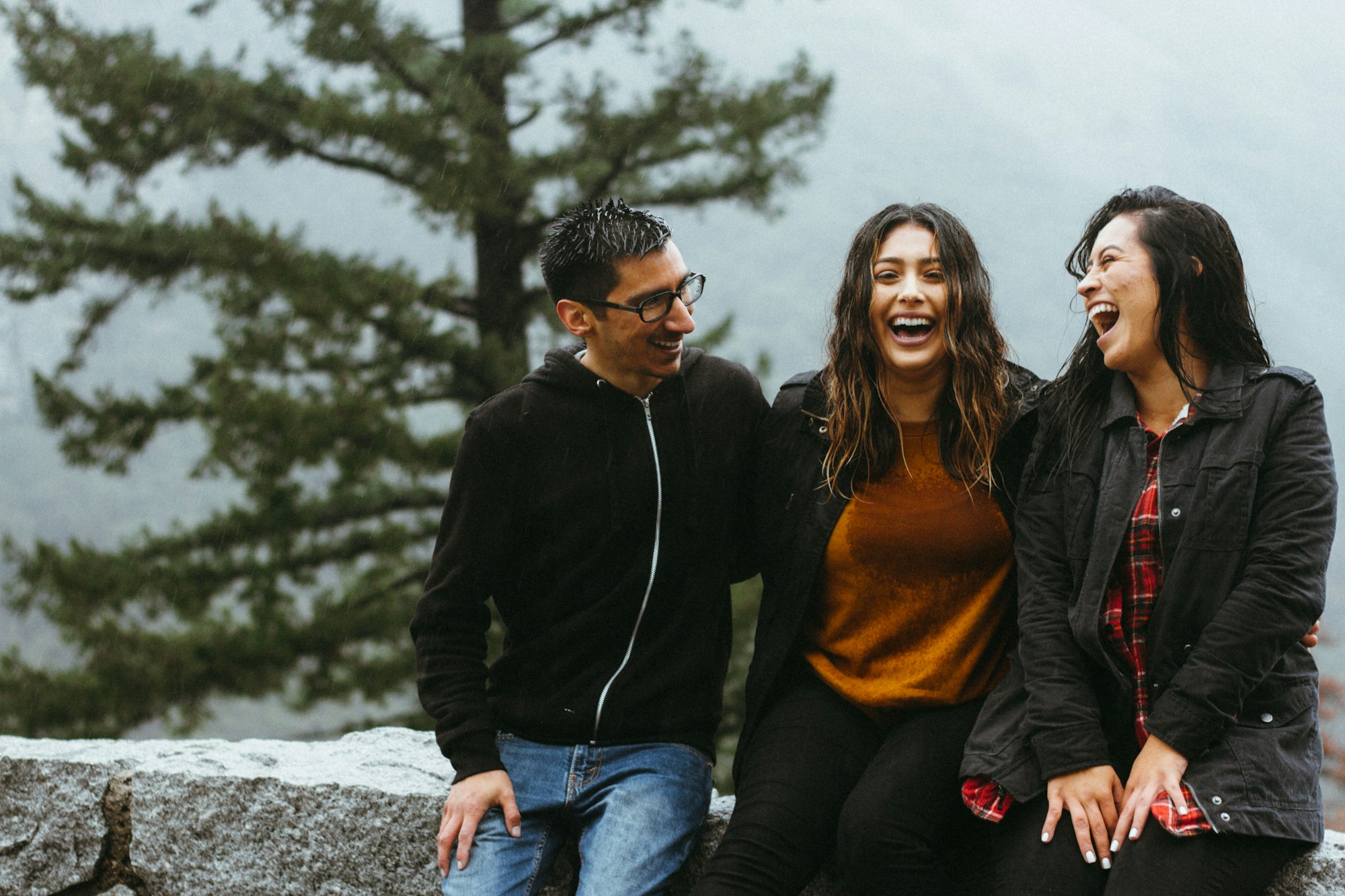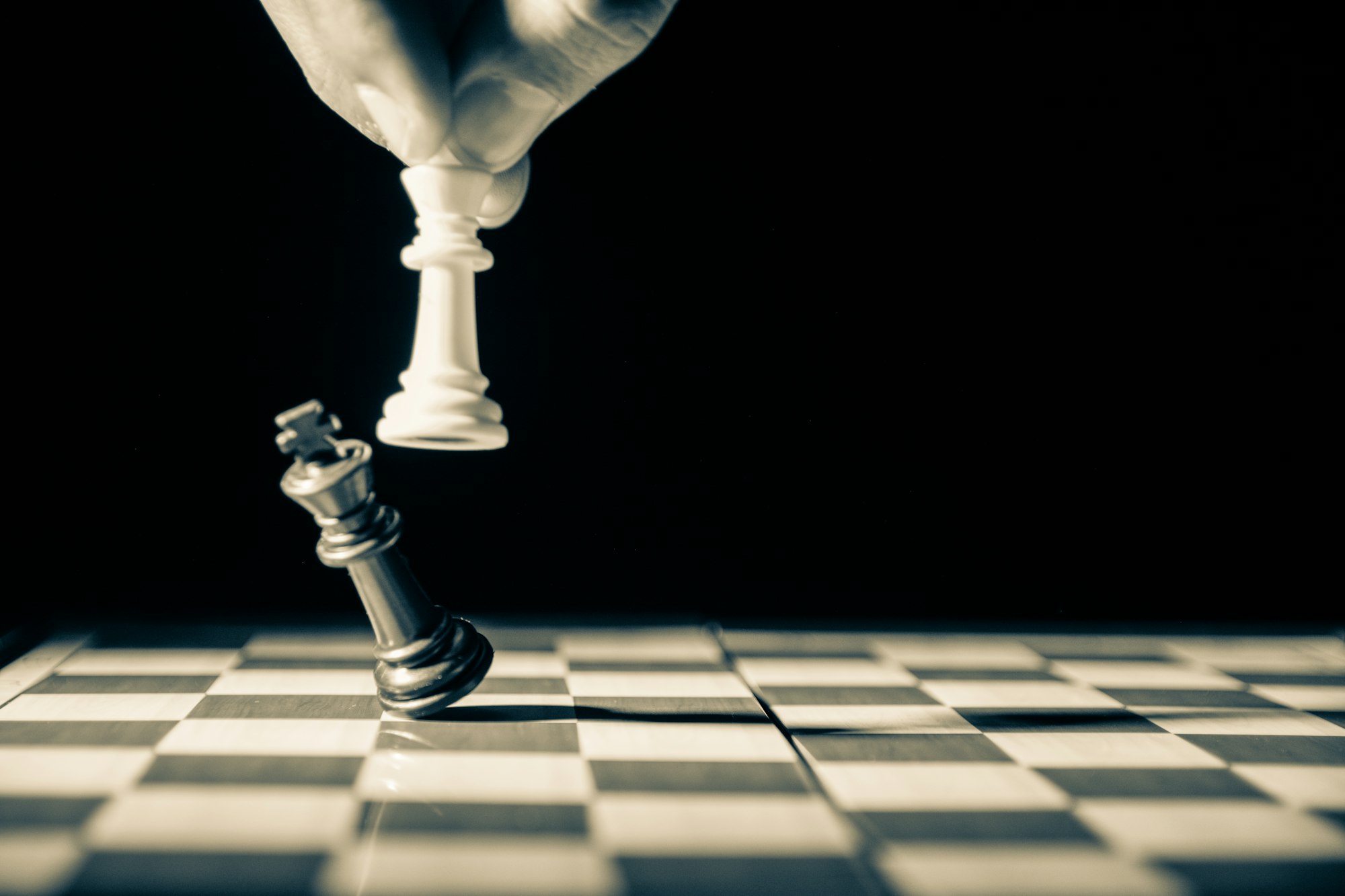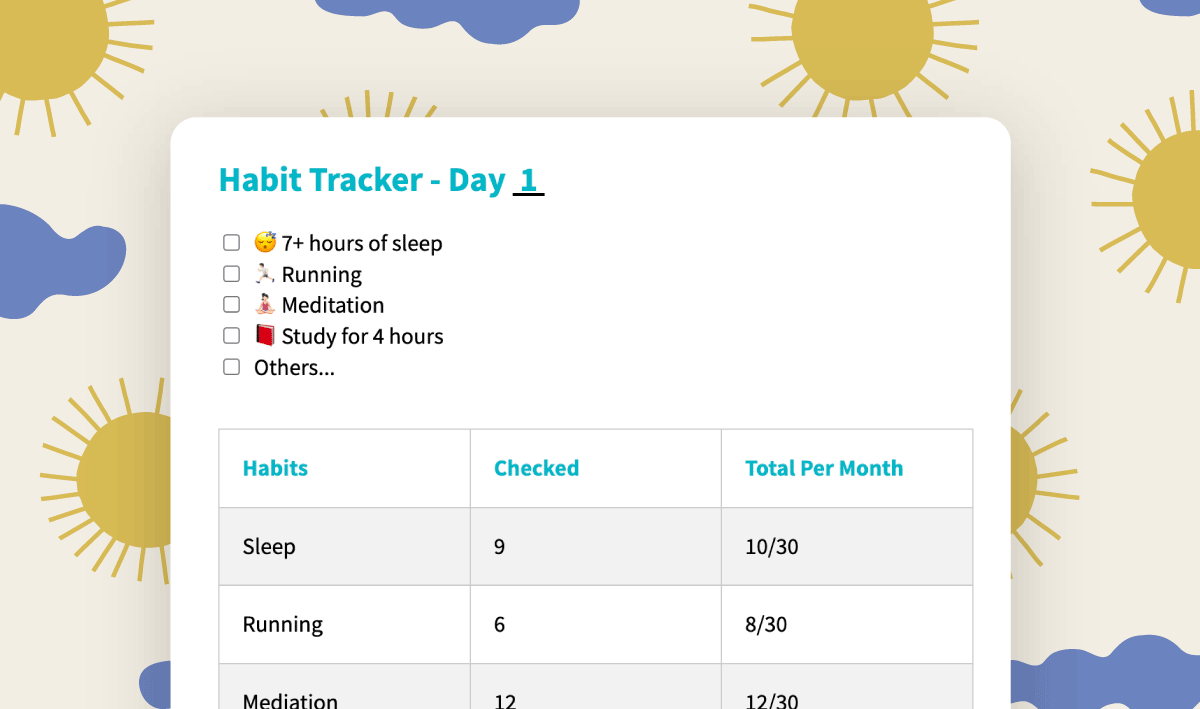As humans, our natural tendency is to approach problems and look at them with a pre-determined perspective. Looking at problems with this default way of ours shapes our understanding of the situation and our role in it. Whether the problem is a small one, or more severe, a narrative is created in our minds, influencing how we view the potential solutions to the problems. While our perception may sometimes be accurate, there are instances where it proves to be misguided or unhelpful.
However, by gaining insight into our conflict resolution approach and actively reframing our roles within them, we open the door to genuine and effective problem-solving.

What is the Drama Triangle?
The Drama Triangle, initially introduced by psychiatrist Stephen B. Karpman during the 1960s, presents a "social model of human interaction" aimed at demonstrating unproductive patterns of relating and problem-solving when conflicts arise. Essentially, individuals have a tendency to adopt one of three roles that align with their interests and personalities. Moreover, people can swiftly transition to a different role when it offers them power, rationalizes problems, or enhances their self-perception.

It is important to understand that people subconsciously fall into this pattern to manage or handle conflict and problems. It is not an indication that they're inherently bad people. But it solely for problem-solving reasons. One can even adopt a different position with time and as the situation unfolds.
Each point of the inverted triangle represents one of the three "faces of drama," as follows:
1. The Persecutor
Individuals in this role tend to be highly critical, constantly finding fault in others, and placing blame on them for the issue at hand. They feel the need to exert control and dominance in order to rectify the situation. They usually shift blame and may have the tendency to make the other party feel inferior.
While they may be perceived as controlling, they can sometimes shift into the next category if confronted about their behavior.
2. The Victim
Victims see themselves as trapped and perceive their circumstances or others as the cause of their helplessness. They see life as happening to them and usually feel powerless to change their circumstances. They often express a great deal of complaint without taking productive actions. They believe the world is unfair and engage in conversations that are loaded self-pity. They feel oppressed by the Villain and frequently seek or receive assistance from the third role: the rescuer.
3. The Rescuer
Rescuers have an inherent inclination to help others. They readily step in to save victims, often doing so in a manner that perpetuates their victimhood and fails to address the underlying problem effectively. It's worth noting that the Hero can transform into either the persecutor or the victim if they become frustrated with the situation.
The rescuer usually helps without anyone asking. They tend to go the extra mile just to solve the situation in a way that makes sense to them. This can also often in them experiencing a superiority complex. They can seem to want to solve a victim’s problems. But in fact, they do so in ways that result in the victim having less power, with the rescuer benefiting more than the victim. They extend help with the motive of making themselves feel better and for a potential ego-boost.

How does the Drama Triangle Function?
According to Karpman, individuals have an inherent tendency to adopt one of these roles during conflicts and readily switch between them based on their preferences. For example, victims can have epiphanies after some time, and have the potential to come out of the victim mindset. This inevitably creates a break in the triangle dynamic, with the rescuer having no one to "rescue". This might cause them to pull away. The triangle begins to form when one person assumes the position of either the victim, subsequently drawing others into the remaining roles. Regrettably, the roles we assume in this dramatic interplay prove ineffective in resolving the conflict and addressing the root causes that give rise to it. Instead, they perpetuate the problems at hand.
The significance of the Drama Triangle lies in comprehending its dynamics, the roles we commonly assume, and the underlying motivations behind them. Each individual gains something from occupying a particular position within the triangle. However, by recognizing these unproductive roles for what they truly are and cultivating self-awareness, people can free themselves from these patterns and the short-term emotional gratification they provide.
Solution to the Drama Triangle: The Empowerment Triangle
As humans, it is likely that we will find ourselves in various situations where we may perceive ourselves (or be perceived by others) in all three roles; as the persecutor, victim, and the rescuer. It can be challenging for a coach to determine which role clients find most draining. This toxic dynamic exists. Fortunately, there is an empowering solution available.

The Empowerment Triangle, officially referred to as The Empowerment Dynamic (TED), presents a constructive alternative to the Drama Triangle, as proposed by author and business consultant David Emerald. Created by David Emerald and Donna Zajonc, it provides the answer to resolving the disempowering dynamics of the Drama Triangle. TED redefines the roles within the Drama Triangle, reframing them in a positive light:
1. The Challenger replaces the Persecutor
Individuals in both the original Karpman role and the new Challenger role see themselves as truth-tellers who accurately assess situations. However, instead of blaming someone and imposing control, the Challenger consciously uplifts others, encouraging them to learn and grow even in challenging circumstances, and provides alternatives that you can consider. They usually use empowering language to provide a constructive debate or challenge and spur you to adopt a growth mindset.
2. The Creator serves as a positive substitute for the Victim
Rather than perceiving themselves as prisoners of circumstances and problems, creators recognize their ability to choose their response to life's challenges. They embrace what inspires them and shift their focus towards solutions and desired outcomes, rather than being weighed down by the challenges themselves. They take effective action instead of taking a backseat to their circumstances. Instead of accepting staying stuck, they try to find ways to create their own mission, opportunities and growth instead.
3. The Coach assumes the role of the former Rescuer
Instead of enabling victimhood, Coaches provide genuine support to Creators. They utilize the art of inquiry, curiosity, and deep listening to assist others in discovering what is best for themselves, empowering them to make their own choices. Instead of extending help to ultimately feel better about themselves, they extend help for altruistic reasons. They offer alternatives or a guide for people to make their own decisions. They do not spoon-feed anyone with absolute answers or solutions, but rather, a voice of reason.

Why is the Empowerment Triangle a solution?
The interdependence between these roles, rather than unhealthy with scripts that keep the characters stuck in their roles like the Drama Triangle, introduces healthy scripts that invite the characters to embrace a positive dynamic. It offers a more positive framework for interpersonal dynamics, emphasizing growth, self-responsibility, and supportive guidance over blame, victimhood, and rescuing behaviors.
Of course, each of these transitions requires a considerable amount of imagination and courage. For individuals who have consistently identified themselves as victims, it can be a huge leap to engage in creative thinking and contemplate their long-term goals or aspirations. Creators, on the other hand, prioritize outcomes over problems. While it is true that obstacles will inevitably arise, the Empowerment Triangle encourages us to perceive these challenges as opportunities that compel us to refine our objectives and aspirations.
How to Escape the Drama Triangle
1. Acknowledging that you're in it.
Acknowledging and accepting that you have taken up one of the three roles is a challenging yet crucial step towards progress. It is essential to train yourself to identify the indicators that you are slipping into one of the roles: Persecutor, Rescuer, or Victim.
The next step involves asking yourself a fundamental question: "What do I genuinely desire?" Are you seeking to transition from reactive relationships to a sense of empowerment within your relationships?
The third step entails a shift in mindset followed by corresponding behavioral changes. It involves moving from a reactive stance to a proactive one, from tearing down to building up, and from telling to asking. It also involves placing less focus on what you don't want and instead directing your attention towards what you do want.
2. Learn to recognize the patterns.
Recall the recent interactions that left you feeling sadness, anger, confusion, fear, loneliness, powerlessness, or rage. Visualize those conversations in your mind and examine the role you find yourself playing within the drama triangle. Consider how others engaged with you—did they adopt roles of victim, rescuer, or persecutor, or did they distance themselves from it altogether?
Reflecting on past interactions with your children, spouse, friends, family, and colleagues can assist in recognizing unconscious patterns that tend to breed drama. This process also allows you to gain a fresh perspective on the situation, different from your initial perception.
Taking some time to reflect and analyze your behavioral patterns can help you identify how exactly you may fit into an on-going drama triangle. If you're lost as to how to go about this reflection process, turning to a journaling template can make things easier. Journey's "Drama Triangle" template can help you with recognizing the patterns that you are observing around you and within yourself, and help you locate your role.

It is essential to slow down and allocate time for this phase. Revisiting the scenario may evoke painful emotions, but by approaching them with openness and a genuine desire to learn, you can pave the way to break free from the confines of the drama triangle.
3. Identify your role in it.
To break free from a recurring pattern, it is crucial to recognize and acknowledge it. Escaping the Drama Triangle begins with developing awareness of the dysfunctional dynamics at play and subsequently focusing on changing the aspects within your control, primarily your own behavior.
Do you sometimes tend to whine and act helpless (victim)? Do you find yourself blaming other people (persecutor)? Are you always the reliable, dependable one (rescuer) that enables a problem behavior to continue? Your role may shift in any given relationship, but try to be aware and take note of your particular patterns.
Nurturing successful relationships necessitates taking complete responsibility for our own 50 percent of the interaction. Therefore, it is important to honestly acknowledge how your own actions might be contributing to the perpetuation of the Drama Triangle. By taking ownership of your role in the dynamic, you can actively work towards dismantling the patterns that keep the Drama Triangle intact.

4. Do things differently by shifting your behavior/reactions.
Once you have gained awareness of your role, it is essential to break free from the patterns you have always followed.
For Victims: Cease relying on external validation to boost your self-esteem. Instead, focus on strengthening your decision-making skills and taking action even when you don't feel fully prepared.
For Rescuers: Pay close attention to what drains your energy, whether it be certain individuals or activities. To overcome the tendency to please others excessively, establish firm boundaries and learn to say "no" more often than saying "yes."
For Prosecutors: Replace broad, accusatory statements like "you always forget to call!" with more personal "I" statements. For instance, express your feelings by saying, "When I didn't hear from you, I felt worried."
If you're looking for a way to start identifying your behaviors and habits and be able to break them down to pinpoint what you can work towards changing, Journey presents the perfect platform for you to do so. Journey is a digital diary app that can guide you on your transformation journey. Equipped with tools such as daily reminders, mood trackers, weekly planners, coach programs, to-do lists, templates like the "Habit Tracker" template, custom tags and more, the platform can be your tool to look into your habits and help you harness the power of understanding, creating and developing positive habits.

5. Still stand your ground, but within reason.
It is important to be aware that when you alter your behavior, those around you may react negatively. They might become defensive or experience feelings of hurt. However, it is crucial to understand that this does not make you a bad person. Instead, it is a natural response to the shifting dynamics that can ultimately lead to positive changes in your relationships.
Initiating contrary actions may initially cause discomfort, but it is necessary to disrupt the established status quo enforced by the Drama Triangle. These initial growing pains are part of the process of transforming and reshaping your relationships for the better.
The drama triangle is a pervasive pattern of dysfunctional interaction that can hinder our relationships and personal growth. By understanding the roles we tend to assume—whether as victims, rescuers, or persecutors—we can begin the journey of breaking free from this toxic dynamic.
Escaping the drama triangle requires self-awareness, courage, and a willingness to take responsibility for our own behaviors. It involves shifting our mindset and replacing unproductive patterns with constructive alternatives found in the empowerment triangle. Embracing roles such as the challenger, creator, and coach enables us to foster healthier relationships and empower ourselves and others.
Taking the time to reflect on past interactions, identifying patterns by journaling, and gaining a fresh perspective allows us to navigate conflicts with greater empathy, compassion, and assertiveness. It helps us break free from the repetitive cycles that perpetuate drama and discover new ways of relating to others.

